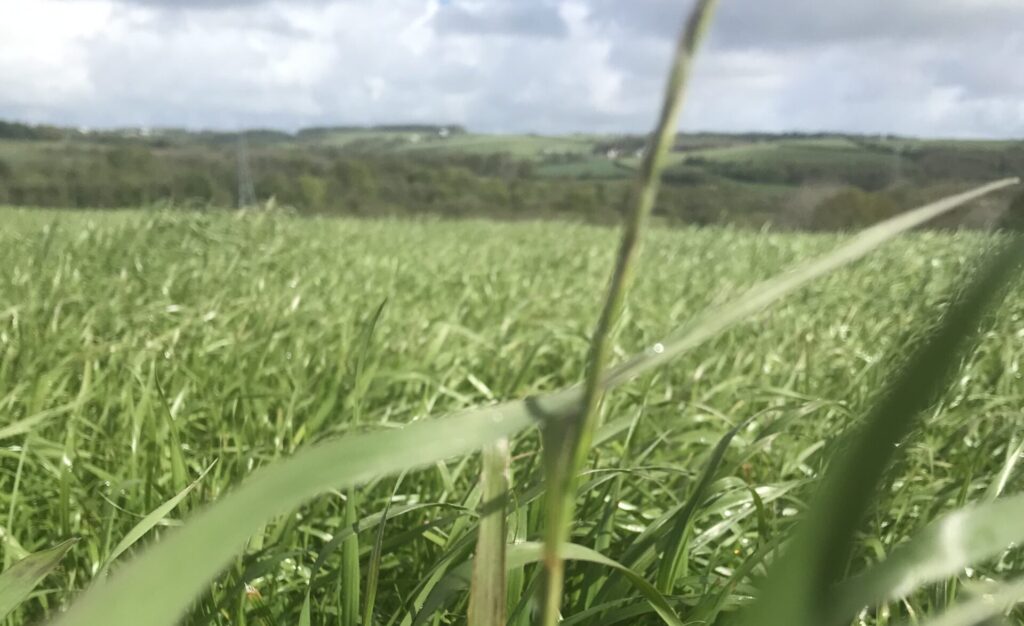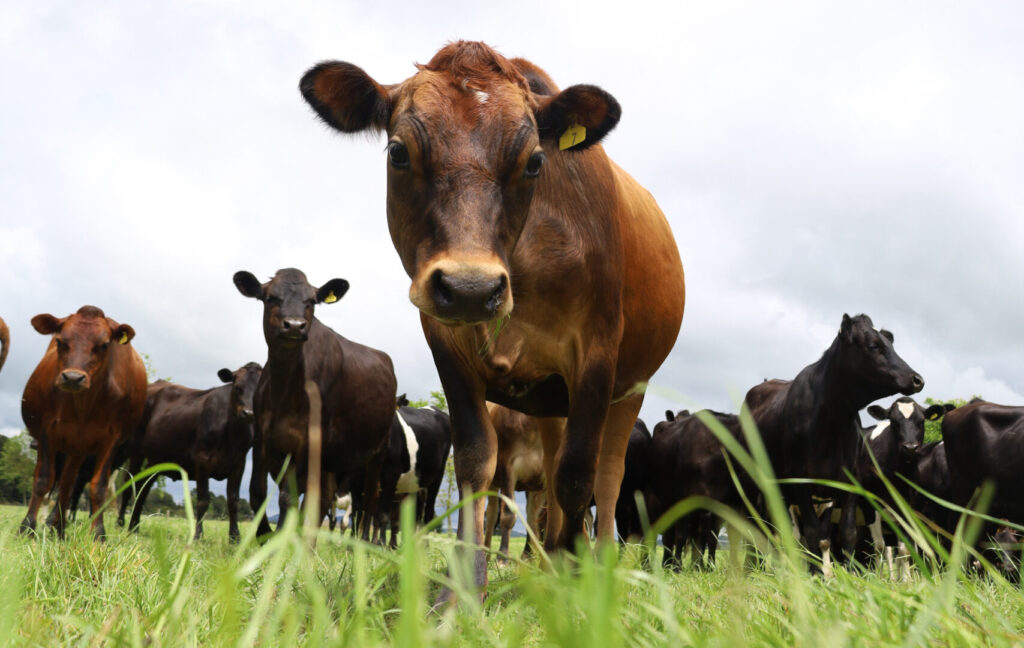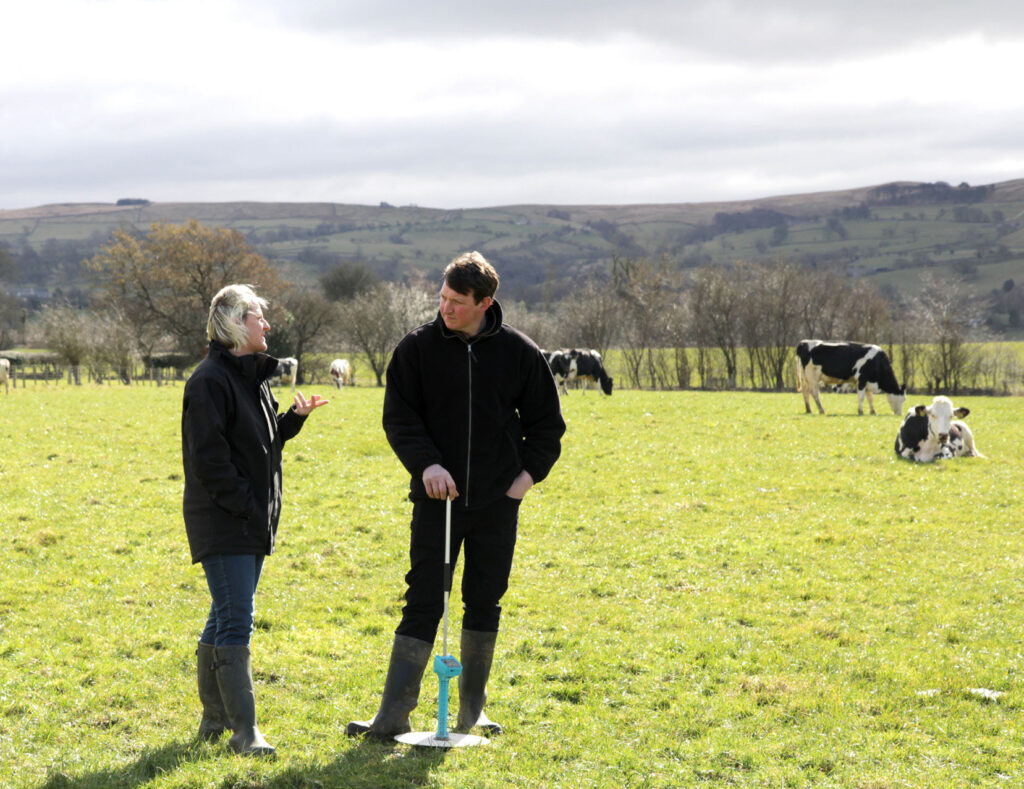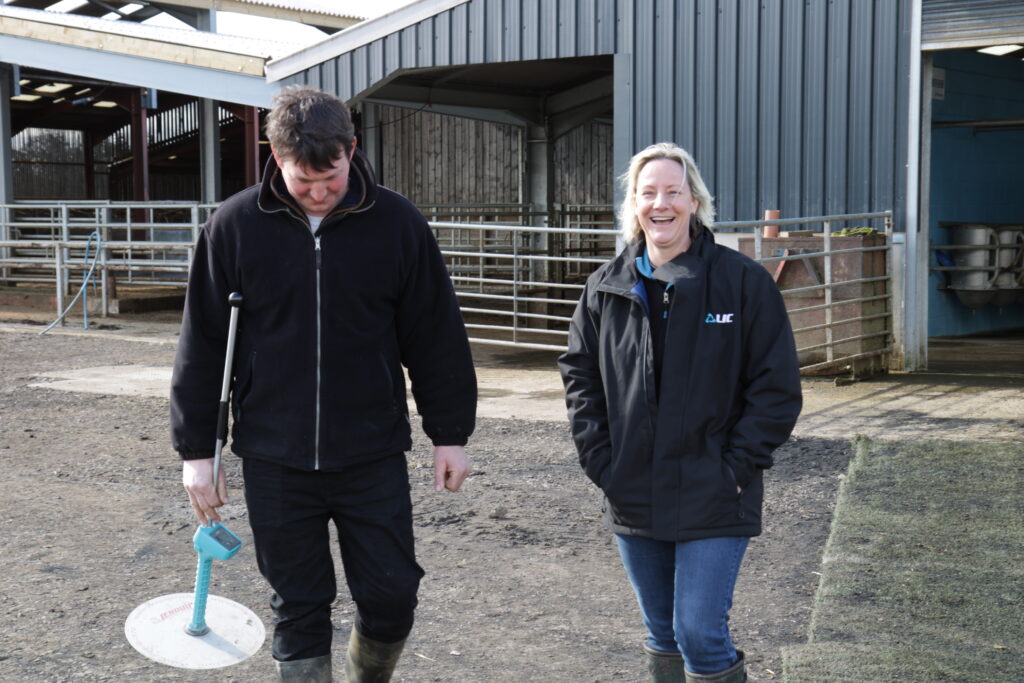Crossbreeding of traditional breeds isn’t new to UK dairy producers. Decades of genetic selection and crossbreeding using different strains or breeds has seen gains in milk yield, protein and fat production as well as in cow conformation and management traits.
But there’s continued opportunity for improvement from crossbreeding as it provides high genetic merit in complementary traits, heterosis and reductions in inbreeding. However, success with crossbreeding relies on farmers choosing the right genetics for their own farm system.
With such a wide array of options available, we’ve outlined some key considerations for farmers planning future crossbreeding strategies:
Use the right genetics to boost production
To be more profitable, farmers need to milk increasingly efficient cows; that is, cows who deliver more production for the feed eaten. Identifying and using the right genetics for your farm system can help achieve this.
LIC has bred increasingly efficient dairy animals for over 100 years. Our ongoing investment into research continues to identify and breed from cows most efficient at converting feed into profit, while maintaining the important attributes needed to maximise the productive life of the cow. This has resulted in New Zealand cows having one of the longest life expectancies in modern dairying nations, standing out for increasing phenotypic longevity and fertility.
For farmers that breed with LIC genetics, superior longevity allows a relatively low replacement rate of 20- 22% of the herd replaced per year, and increased room for discretionary culling. This has a significant financial impact through lower rearing costs and more cows in the peak productive years of life at 4-7 years. Essentially, greater cow survival means fewer involuntary culls.
Furthermore, Breeding Worth (BW) has been, and still is, a great indicator of environmental efficiency. This makes sense, as BW itself is driven by genetic traits related to production efficiency, health and longevity of the animal According to DairyNZ, milk solids production has increased by about 50kg/cow over the past ten years, with 40% of this gain attributed to additive genetic gain. Farmers who use New Zealand genetics are seeing annual average rates of genetic gain of $10 (BW profit index) gains per animal per year. Additionally, on farm phenotypic gains in feed conversion efficiency is 0.7kg milk solids/ tonne dry matter eaten/year.
For more information on boosting the productivity of your cows, check out our blog post on becoming more sustainable with energy-efficient cows.
Set goals for your crossbreeding strategy
The first question farmers should ask themselves before implementing a crossbreeding strategy is “What kind of cows do I want to be milking in the future?” You should set specific goals for traits that are important to you.
This often comes down to the breed selection, of which LIC offers purebred Friesian, Jersey or Ayrshire bulls as well as elite bulls of mixed breed ancestry.
Secondly, farmers should assess the strengths and weaknesses of their current herd. The ADHB Dairy Herd Genetic Report tool is an effective way to determine which bull genetics will target weaknesses while maintaining the existing strengths of your herd.
Thirdly think about the contribution of heterosis to your herd. The complexities of heterosis (or hybrid vigour) are not yet fully understood, but this unexpected lift in performance above predicted parent average is thought to be due to the increased heterozygosity of the genome in crossbred animals.
Fundamentally, when crossbreeding, farmers should aim to increase the productivity of their herd, by:
- taking advantage of complementary traits in the parent breeds
- maximising additive genetic merit for the key traits
- capturing the additional performance that comes with heterosis (non-additive genetic merit)
Which is more important – heterosis or additive genetic merit?
Both are useful to farmers and it’s important to consider short and long term benefits in cattle breeding.
Genetic merit is directly heritable and passed on to future generations in the herd and its impact will be seen in the offspring of the mating.
Crossbreeding decisions should aim to firstly maximise genetic gain and secondly capture heterosis benefits, so that the farmer ends up better off overall. Avoid crossbreeding that chases heterosis without paying due regard to the cost of your choice on additive genetic merit, or you could risk losing more in genetic merit than you gain in heterosis!
Crossbreeding methods
The most common breeding strategies to generate crossbreed progeny include using a two or three-breed rotation between the pure breeds, or using crossbred bulls to get the mix of desired genes from the parent breeds.
The first option requires more planning and careful execution. It maximises the heterosis benefits of crossbreeding and delivers complementary genetic traits. The second option is a much simpler breeding system to manage. It also delivers the complementary genes from the parent breeds and retains more than half of the original heterosis seen in the first-cross animal.
Why choose LIC genetics
The goal of the LIC farmer co-operative is to use over a century’s worth of New Zealand pasture-based genetics and information to continue to create superior livestock for better farm performance and profit.
If you are considering crossbreeding with Jerseys then it’s hard to go past New Zealand Jerseys. New Zealand has one of the largest Jersey cow populations in the world and the breed currently dominates the bull rankings in New Zealand, due to the high value of fat globally. Rates of genetic gain within the population are impressive and as fast as the other main breeds.
Just what Jerseys can bring to a herd with crossbreeding is evident in the recent crossbreeding study conducted by Teagasc at Clonakilty. Conducted over four years, the study looked at the productivity of three breeds – Holstein Friesian, Jersey-cross Holstein Friesian, and a three-way cross of Holstein Friesian, Jersey and Norwegian Red.
The study found that despite the high performance of the Holstein Friesian, the Jersey crossbred was still more profitable, right down to a per cow basis. Net profit per cow in the grass and clover swards came out at €938 for the Jersey crossbred, €926 for the Holstein Friesian and €890 for the three-way cross. The JEX were also highly fertile, competing well against other breed mixes.
At LIC, we put a wide range of sires across multiple breeds through our genomic screening and progeny testing programme, with the graduating class of elite bulls popular around the world. There is a dedicated breeding programme for each of the parent breeds and also for the Jersey-Friesian crossbred, branded as KiwiCross® bulls.
LIC are adept at breeding excellent bulls, having 8 out of the top 10 crossbred bulls, 9 of the top 10 Holstein-Friesians and 7 of the top 10 Jerseys in the country. To see just how well the genetic merit of our sires perform, check out the Ranking of Active Sires (RAS) list of top ranking dairy sires in the country.
Get in touch if you’re considering crossbreeding as part of your mating programme and find out how we can help.



